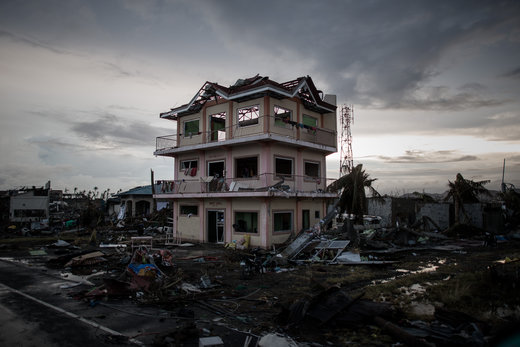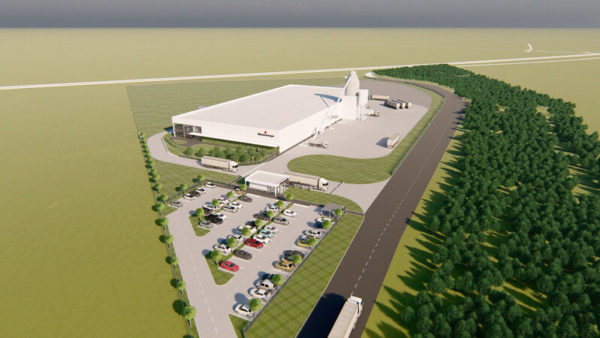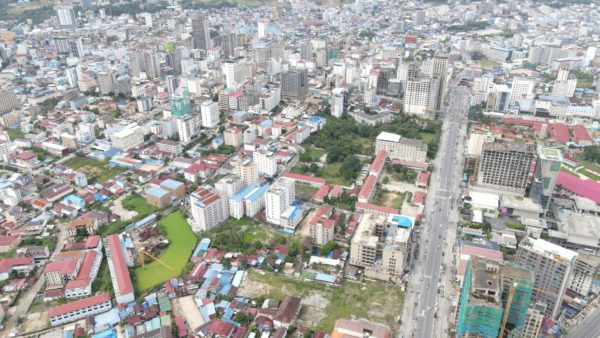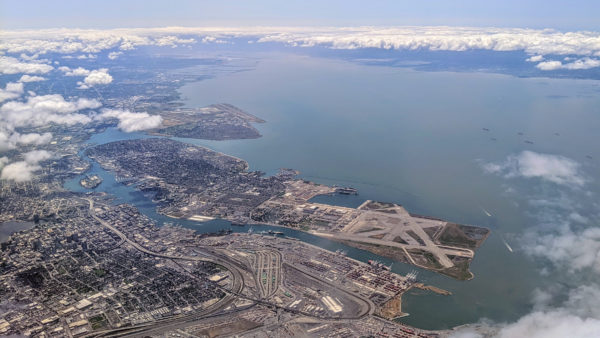When super typhoon Haiyan tore into the Philippines last Friday it left over 70% of built-up areas flattened, transport routes blocked and communications knocked out.
In a tragic twist of fate, Tacloban’s airport, scheduled to be upgraded to international status, re-opened on Monday only to receive international aid.
"Horrific" was the word used by the interior secretary as he flew over the physical wreckage left in the path of the typhoon.
Tacloban, which joined the Philippines’ list of ‘highly-urbanised’ cities five years ago with a population of 220,000, was the worst hit, with an official death toll of 1,744 people – a figure expected to rise.
More than 600,000 people are displaced in the wider region.
Until November 8, this fast-growing city had a bustling economy had several infrastructure projects in the pipeline: a 23-hectare ICT park had been planned for business process outsourcing companies and a new passenger terminal was to be built at the Daniel Z. Romualdez airport.
Just last month the department of transportation and communications (DOTC) confirmed the airport project would be completed, as scheduled, in three years’ time.
Previously declared to be ‘completely ruined‘Â by the typhoon, Tacloban’s airport managed to reopen its runways earlier this week to receive international aid.
Once this aid does reach the island nation, getting it to the right places will prove difficult due to the devastation.
Flattened buildings block vital routes
With relief operations hampered because of damaged roads, airports and bridges, the scale of physical wreckage is yet to be confirmed but initial figures indicate that over two-thirds of the disaster-stricken area will need rebuilding.
Interior secretary Manuel Roxas, who was in Tacloban before the typhoon swept through the city, said: "From a helicopter, you can see the extent of devastation. From the shore and moving a kilometre inland, there are no structures standing."

Sun sets over a house damaged by Typhoon Haiyan outside the airport in Tacloban, the Philippines (Philippe Lopez/AFP/Getty Images)
"I don’t know how to describe what I saw. It’s horrific." he added.
A rapid damage assessment carried out at the request of the EU Emergency Response Coordination Centre revealed that five industrial facilities and seven educational buildings had been destroyed and roads were blocked at 113 different locations.
By comparing pre and post event satellite imagery, the assessment concluded that 70% of the built-up area was affected, of which 58% was either destroyed or highly affected.
On the ground, police chief superintendent Elmer Soria, told Reuters that up to 80% of city structures sustained damage.
Worse than Sandy
Analysts have predicted that destruction from the typhoon could be several times worse for the Philippines’ economy than superstorm Sandy was for the United States last year.
Losses will be $12bn to $15bn, or about five per cent of economic output in the island nation, according to an estimate by Charles Watson, director of research and development at disaster-modelling firm Kinetic Analysis.
In comparison, Sandy’s damage cost America’s GDP less than one per cent.
"A $12bn storm is not really that bad here in the US," Watson told Bloomberg. "For the Philippine Islands, it is catastrophic."
In times like these insurance policies are like gold, and economies can often get a lift after disasters: following Hurricane Sandy, businesses and governments spent money on reconstructing buildings and contractors hired workers to meet demand.
But in much poorer Philippines insurance claims will be few and far between, leaving the nation’s reconstruction heavily reliant on the international community.










